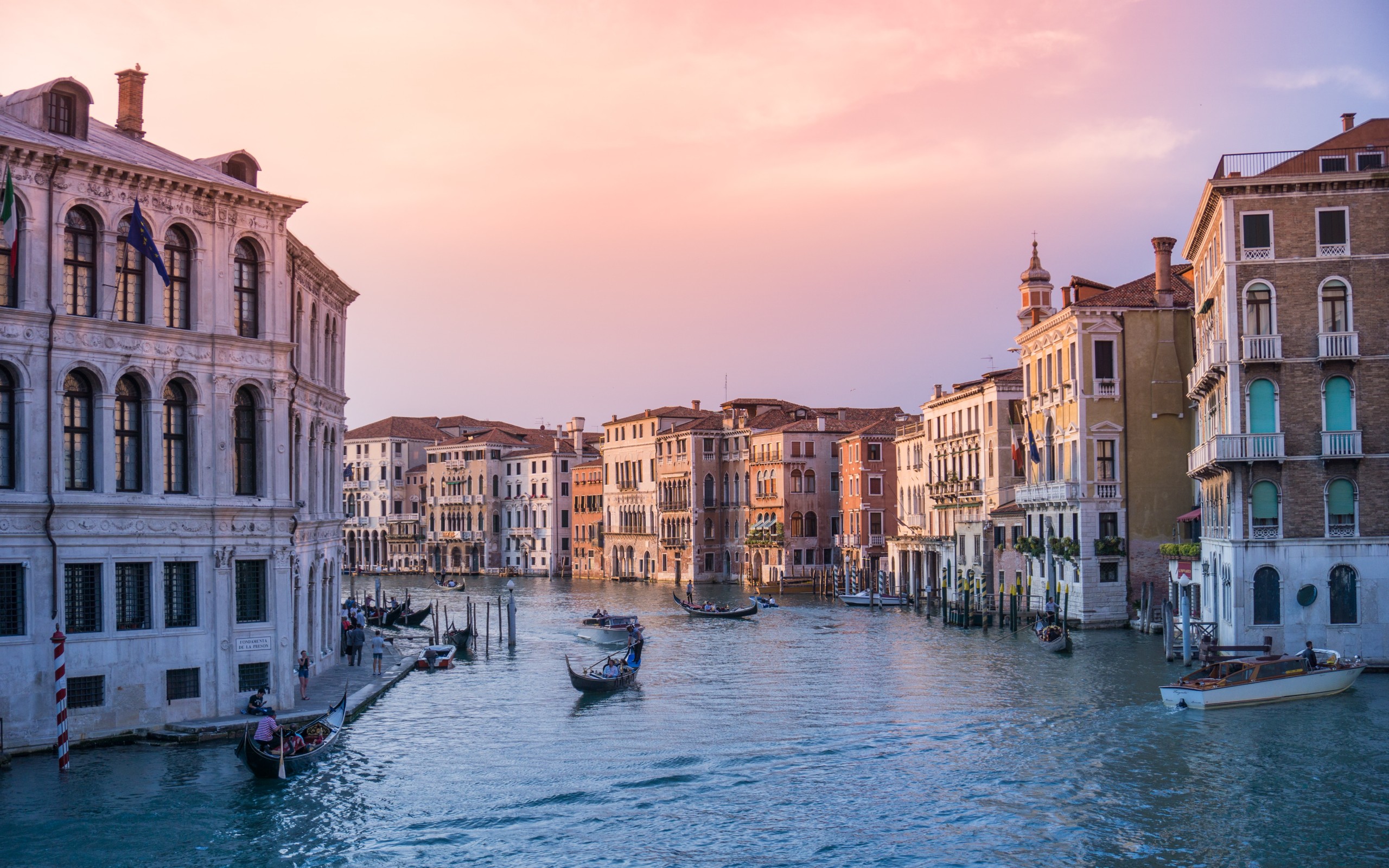
Italy is celebrated for its delightful weather, deep cultural heritage, and energetic marketplaces that allure people globally. With picturesque landscapes and superb cuisine, it’s no wonder individuals are increasingly opting to call it home. Italy is dotted with inviting cities and charming villages.
Yet, some Italian locales are more welcoming and accessible for newcomers, especially those less familiar with the language. Our travel experts have handpicked the top places to live in Italy, keeping varied factors in mind. Also, it’s wise to avoid the less ideal times by checking out the Worst Time to Visit Rome, Italy.
Milan
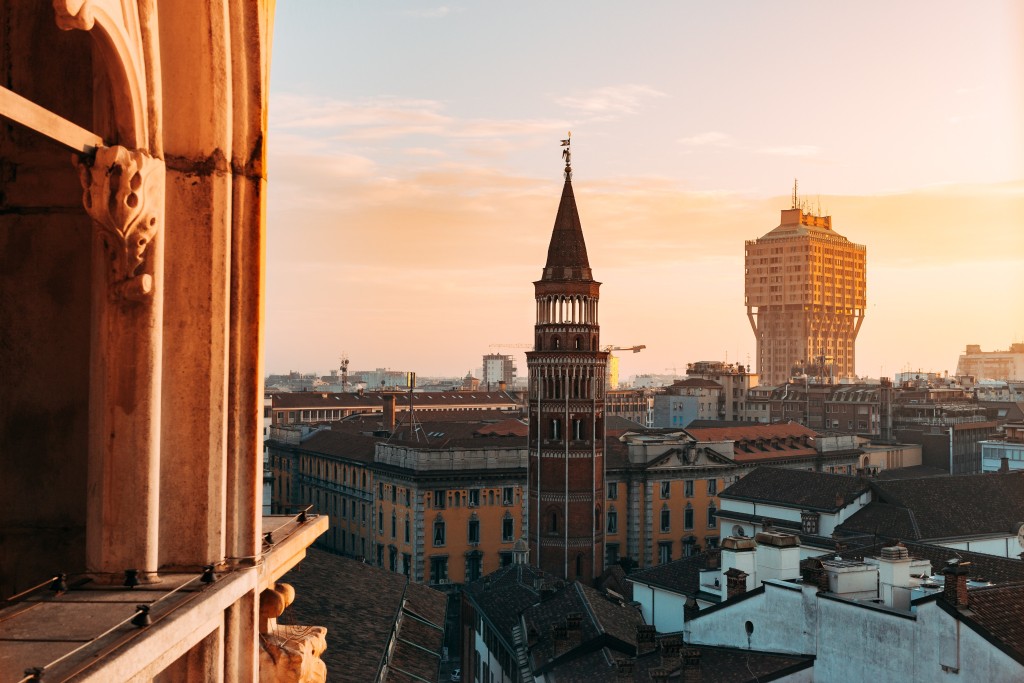
Milan captivates with its vibrant city life juxtaposed with historic charm. With rents averaging €1,800 ($1875) for an apartment, it’s a premium locale, but the investment pays off with high salaries and diverse opportunities. The city’s dynamism is marked by its fashion scene and a robust economy. A global food scene and the convenience of public transport complement the lively cultural mix that makes Milan a cosmopolitan hub. When considering Milan, one should not overlook the assortment of grand architectural delights, such as the iconic Duomo di Milano and the opulent Galleria Vittorio Emanuele II.
Florence

The Tuscan capital, Florence, echoes the quintessence of the Italian Renaissance. Tucked amid rolling hills and historic monuments, the city boasts average rents at €1,400 ($1458) and a surprisingly affordable cost of living when venturing beyond the tourist centers. Florence’s appeal lies in its relaxed lifestyle, artistic richness, and renowned educational institutions, like the University of Florence. The city’s art scene, authentic Tuscan cuisine, and a tight-knit expat community round out the alluring pros, despite its lively streets which can bustle with tourists at the height of the season.
Turin
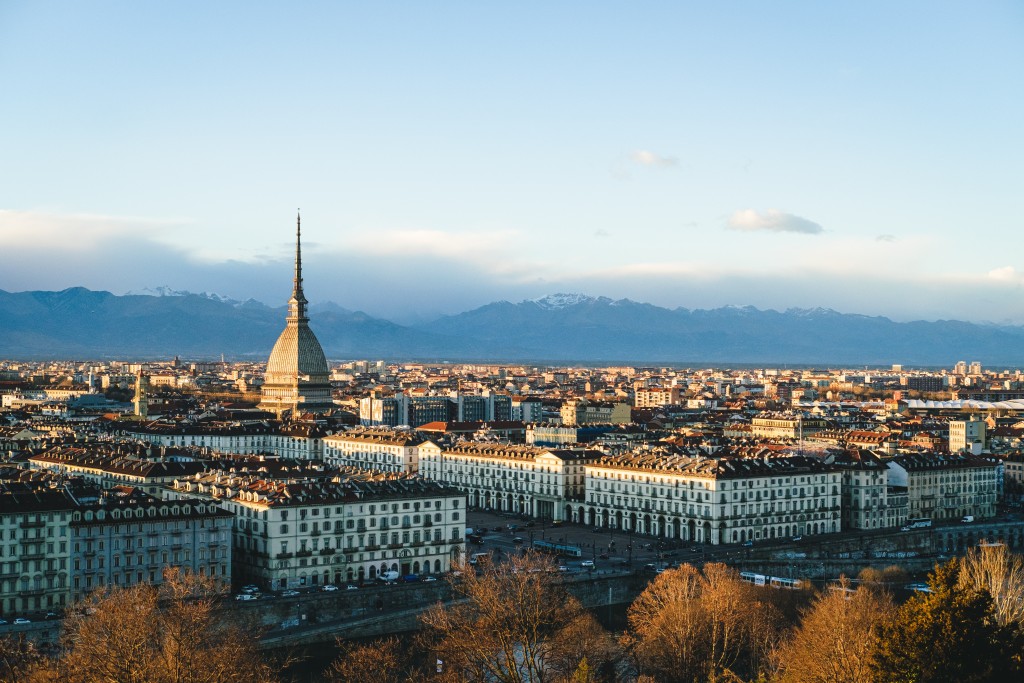
Turin, with its grand boulevards and squares that echo the city’s royalty past, offers living spaces averaging €970 ($1010) monthly. The city is an amalgamation of history and modern innovation, being the heartland of the Italian automotive industry with brands like Fiat. Turin’s allure is highlighted by the enchanting Mole Antonelliana, a symbol of the city, and its proximity to the Alpine slopes. Although its quieter streets present some navigation challenges, they are also a boon for those seeking a serene lifestyle.
Rome

Rome stands out as a city steeped in millennia of history, offering both the hustle and bustle of the metropolis as well as pockets of tranquility in its various neighborhoods. For those looking for the full Roman experience beyond the Colosseum and Trevi Fountain, neighborhoods like Trastevere offer a bohemian charm with a laid-back vibe. While living costs and rent, averaging €1,575 ($1640) monthly, align with European capitals, Rome caters to a range of lifestyles from vibrant street life to the serenity of Villa Borghese gardens.
Liguria
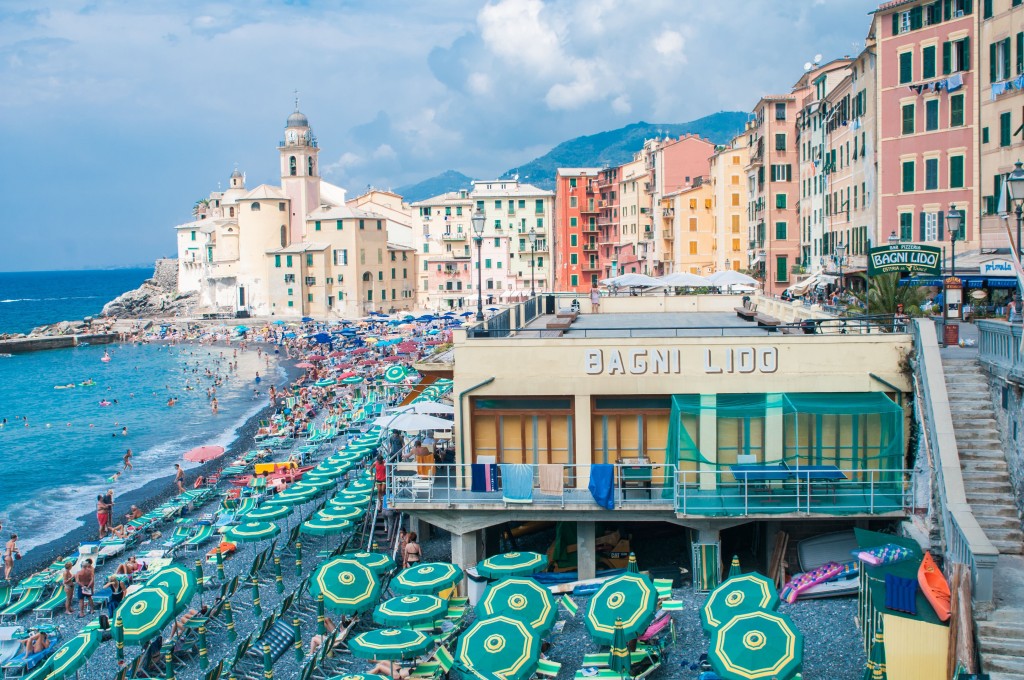
Liguria, with its dramatic coastal cliffs and ancient maritime republics like Genoa, paints a mesmerizing palette of sea and mountain vistas. Monthly rent averages €630 ($657), providing a cost-effective gateway to an Italian Riviera lifestyle. With a rich naval history and culinary offerings, like the famed pesto, Liguria gifts its residents with a harmonious balance between a maritime legacy and chic, coastal living. Its picturesque villages like Portofino and the famed Cinque Terre offer scenic escapes that are as enthralling for the local as they are for travelers.
Bologna
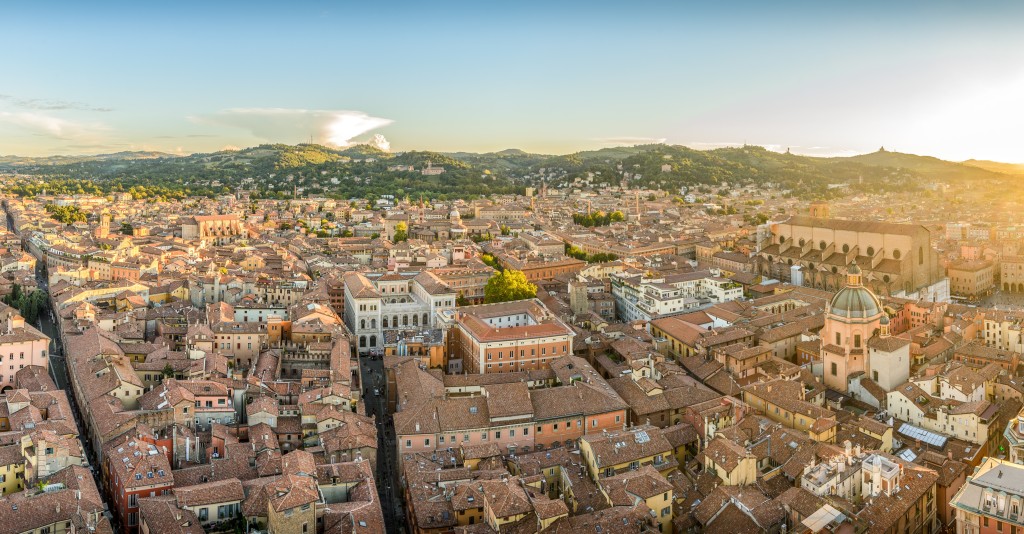
In Bologna, you find a harmonious blend of vibrant student life from the prestigious University of Bologna and the quiet reflection of strolling under the city’s extensive porticoes. With a monthly average cost of €1,200 ($1250), the city manages to seamlessly integrate rich gastronomy and culture—tagged as “La Grassa” for its culinary fame. Bologna’s historic center, characterized by medieval architecture, foster a walkable and inviting atmosphere despite limited parking. For those looking for intellectual stimulation and dynamic street life, Bologna is a fine choice.
Sardinia
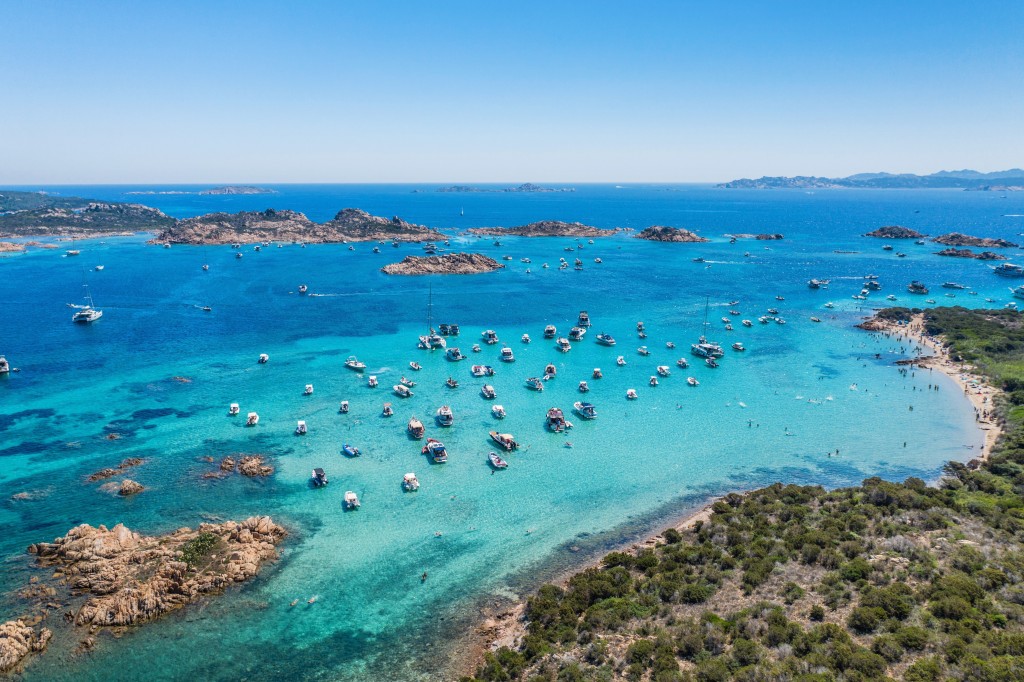
Sardinia offers a tranquil escape with its pristine beaches and a slower pace of life that defines island living. Rent varies from €528 ($550) to €960 ($1000), paralleling a lifestyle centered on nature, leisure, and community. Whether you’re exploring the rugged landscapes of the interior or embracing the yachting culture along the Emerald Coast, Sardinia is a gem with a unique character that combines luxury and simplicity. It is an exquisite choice for those readjusting to a slower life rhythm amidst the splendid Mediterranean.
Consider Before Moving
When considering a move, it’s essential not just to embrace the Italian lifestyle but to engage with its rich tapestry of history and culture. Budget accordingly, and immerse yourself in the local language and customs to find ease and joy in your transition.
Recommendations Explained
Our curated selections arise from a detailed review of cost of living, quality of amenities, entertainment options, and invaluable insights shared by expatriates, enhancing your knowledge base for an informed decision.
Final Thoughts
Careful research and contemplation can pave the way to an enriching and fulfilling Italian experience. Allow us to be your guide as you embark on this captivating pursuit of a new home under the Italian sun.





